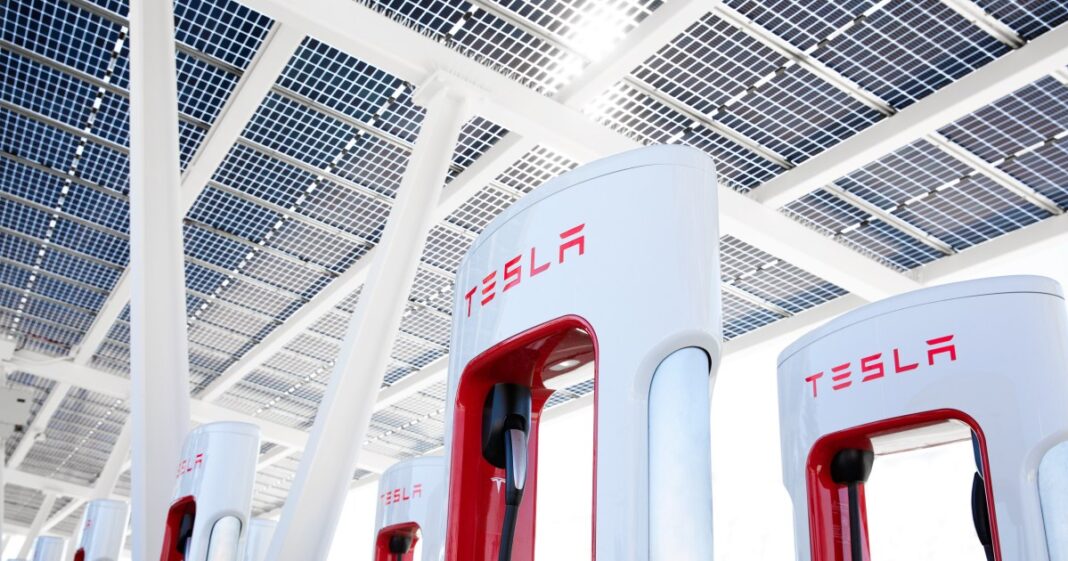Tesla has been charging an idle fee for years in a bid to free up its Superchargers and prevent traffic jams at charging stations. But now it’s introducing a new congestion fee, which in some places will replace the idle fee.
To recap, idle fees kick in when a Supercharger station is at 50% capacity. It means that if a car is left plugged in after it’s become fully charged, the owner has to pay 50 cents a minute until they leave. If the station is 100% occupied, the fee doubles to $1 a minute.
The Tesla app lets owners remotely monitor their vehicle, alerting them when the charging process is almost done, and alerting them again when it reaches the charge threshold. If the vehicle is moved within five minutes, the fee is waived.
But in a further effort to increase Supercharger availability, Tesla has now introduced a congestion fee.
The congestion fee will replace the idle fee at some Supercharger locations, though on its website Tesla doesn’t say which ones. A congestion fee will be levied when the station is busy and your car is connected and its battery has charged beyond 90%.
Before a congestion fee is levied, you’ll receive a five-minute warning via your Tesla app, during which time you can disconnect your car and leave to avoid payment.
If your car remains connected beyond the five-minute grace period, you’ll be charged a fee for each minute you remain connected to the Supercharger. In the U.S., this will be $1 per minute.
“This fee encourages drivers to charge only as much as is needed for their trip, rather than all the way to 100%,” Tesla said. “This increases the availability of Superchargers so that everyone has access when they need it.”
As more automakers sign up to use the North American Charging Standard (NACS) used by Tesla, congestion could become an increasing problem at its Supercharger stations. By encouraging drivers to leave the station once their car’s battery is pretty much full, Tesla hopes it can ensure frustration-free visits to its charging facilities.
Editors’ Recommendations
Source link









